Memristor-based sensing devices generate biological-like electrical signals that mimic those found in the brain for better computing.


Memristor-based sensing devices generate biological-like electrical signals that mimic those found in the brain for better computing.
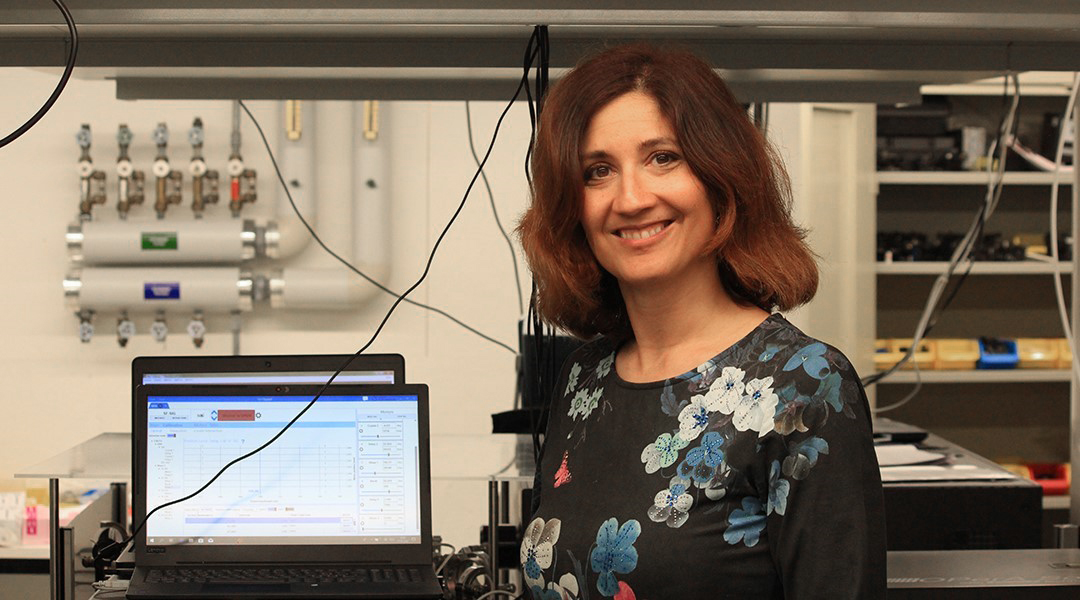
At the interface of light and matter, Natalie Banerji is using spectroscopy to advance technologies such as solar cells and bioelectronics.
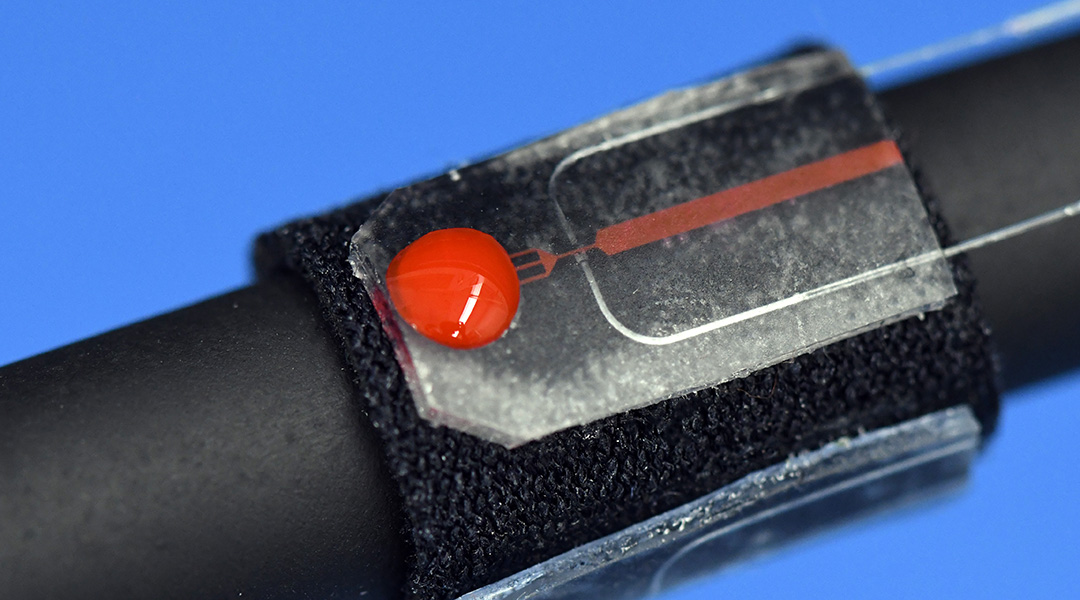
A new blood sensor utilizes miniaturized channels to monitor for accidental bleeding during colonoscopies.
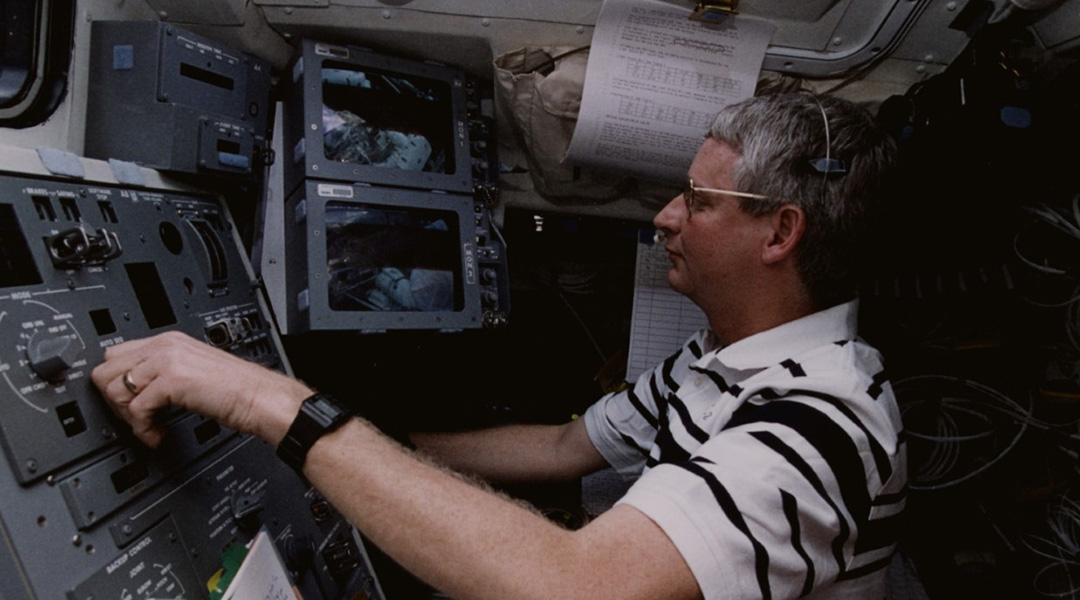
Astrophysicist and retired NASA astronaut Steven Hawley takes us through his fascinating career.

Using stimuli-responsive hydrogels with regularly arranged colloidal particles, researchers create color-changing microrobots that can freely explore and gather information.
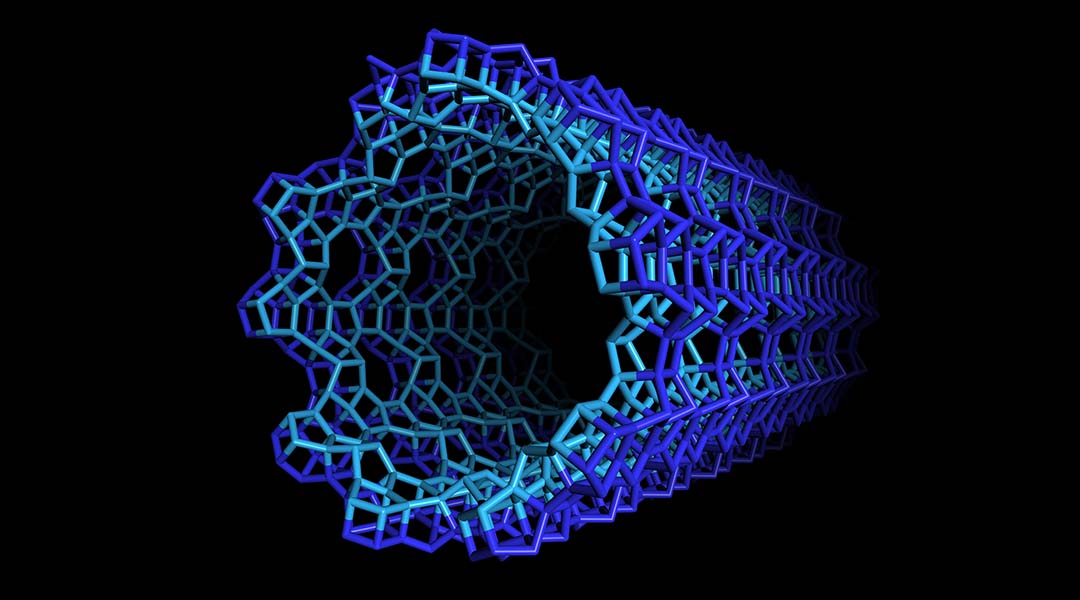
Nanotubes made from sheets of zeolite promise to expand this material’s already extensive range of application.
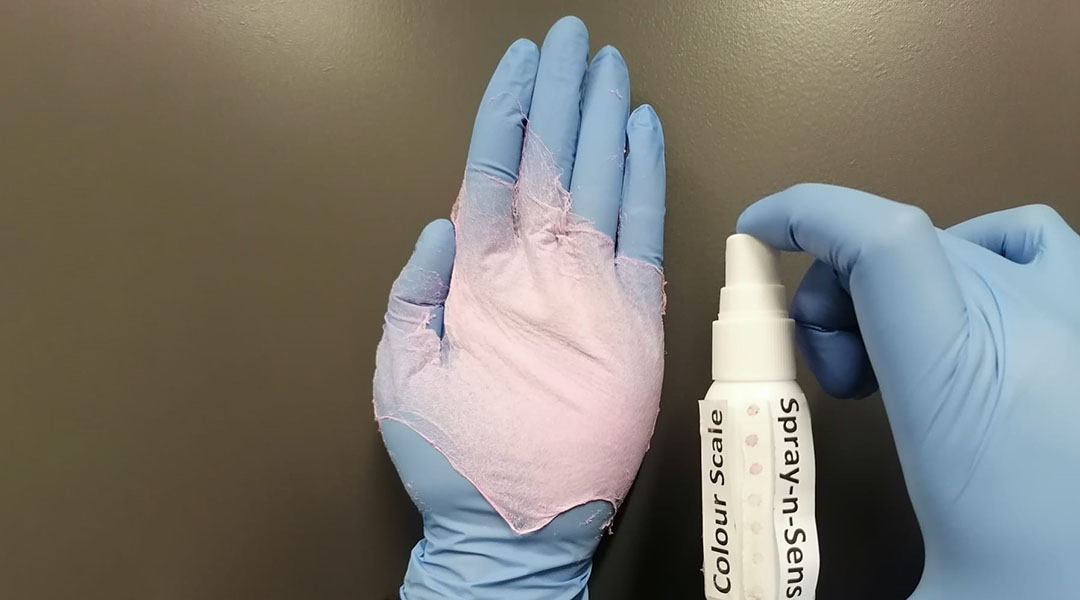
An innovative chemical sensor design could make environmental monitoring in the field more efficient and effective.

External strain can be detected by the wavelength and intensity of this sensor’s light signal for improved detection and resistance to interference.

Artificial cells with specialized internal chemistries could revolutionize how we approach precision medicine.
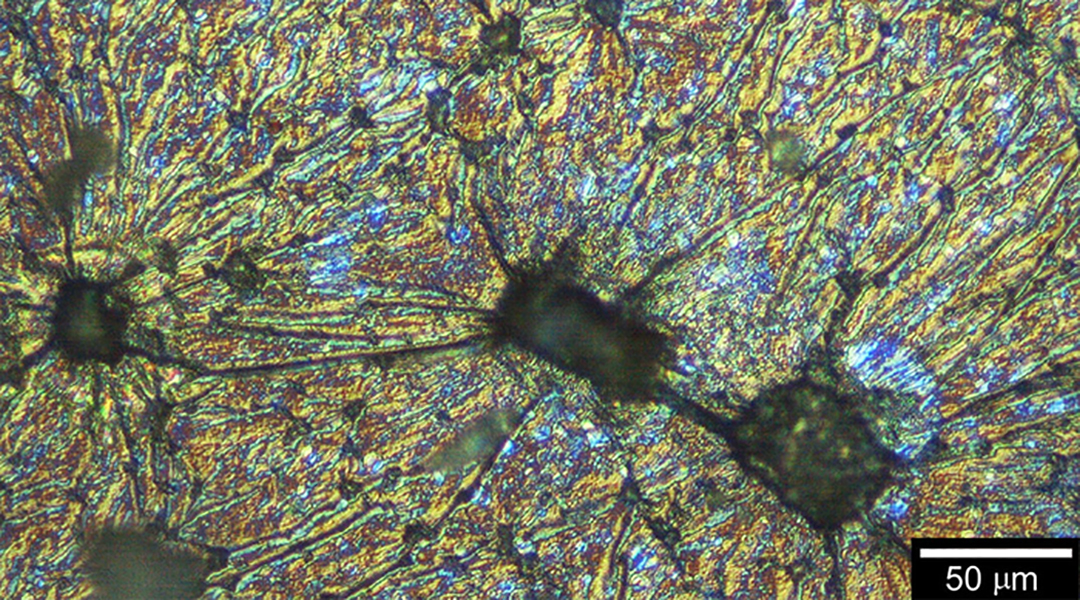
Researchers have used helical virus particles as chiral templates for growing polymers with magnetic properties.